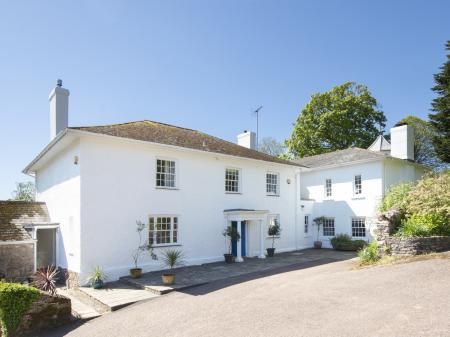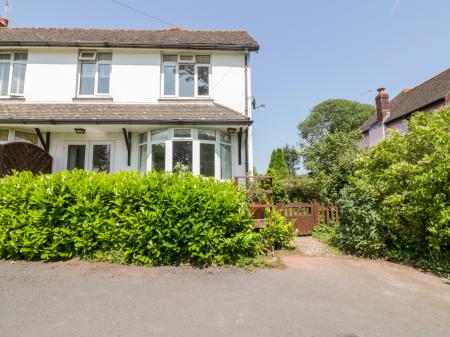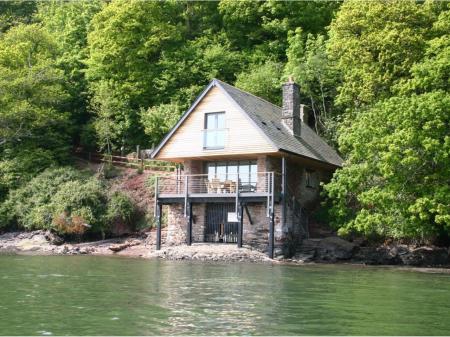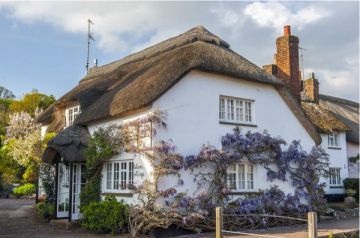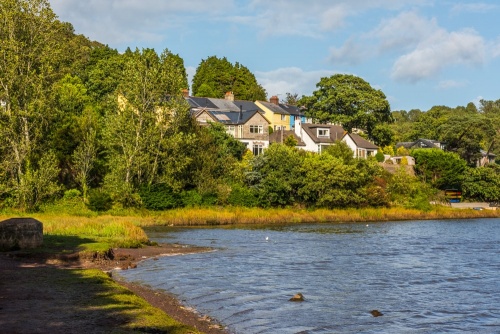
An old apple orchard stands near the church. Here, an annual wassailing ceremony blesses the apples. Orchards were first planted along the River Dart to provide cider for salmon fishermen on the river, for Stoke Gabriel was the main centre for a flourishing salmon fishery for centuries until fish stocks dwindled.
The church, dedicated to St Mary and St Gabriel, stands above the large Mill Pool. There was a church here in the late Saxon period, dedicated to St Gabriel. The church was rebuilt in the 13th century and rededicated to both St Gabriel and St Mary. The tower remains from that 13th-century building, but the nave and chancel are 15th century, as are the pulpit, font, and chancel screen.
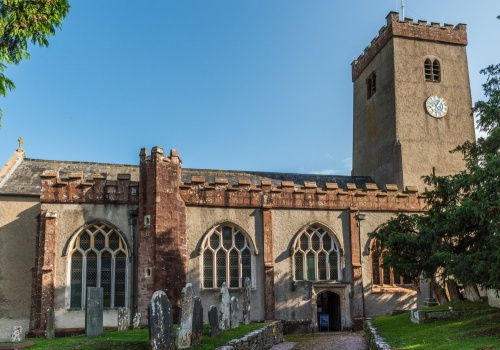
Near the church is Church House Inn, built in 1152 to house workers constructing the church but now a popular pub. The Church House once also served as the local courthouse, which accounts for the set of old stocks outside the inn entrance. Inside the Inn is a mummified cat discovered in the former verger's cottage on Church Walk. It was a common practice in the medieval period to leave a dead cat in the roof of a house to keep away evil spirits.
In Stoke Gabriel is Sandridge Park, a Grade II* listed Regency mansion built by architect John Nash for Lady Ashburton in 1805. Nash designed the beautifully landscaped grounds overlooking the River Dart, and the Italianate mansion of stuccoed rubble.
The Sandridge Estate itself dates to at least the 12th century when it was occupied by the Sandridge family under the Bishop of Exeter. It later passed to the Gilbert family of Compton Castle, who sold it to Lady Ashburton in 1770.
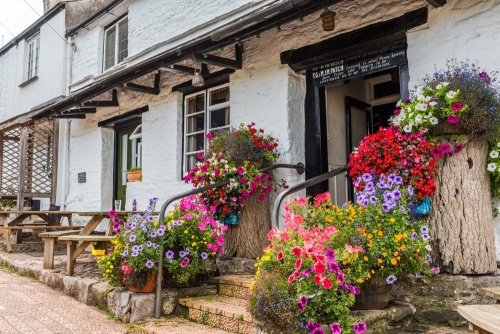
Stoke Gabriel has a tradition of crab fishing or crabbing as it is known locally.
Fans of writer CC Benison will recognise Stoke Gabriel as the model for the fictional village of Thornford Regis. Another literary connection can be found just outside the parish, for crime writer Agatha Christie lived at Greenway, now in the care of the National Trust.
Parking is problematic in the village centre but there is pay and display parking at the bottom of Mill Hill, by Mill Pool, where you will often see fishermen crabbing off the pier.
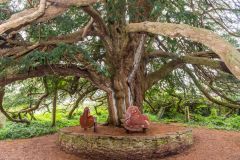
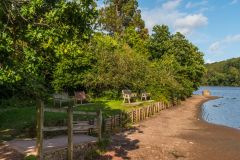
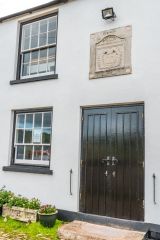
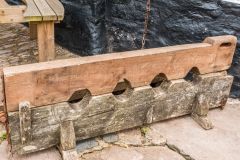
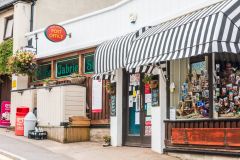
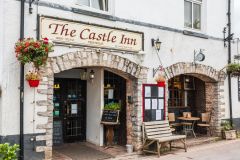

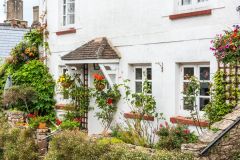
 We've 'tagged' this attraction information to help you find related historic attractions and learn more about major time periods mentioned.
We've 'tagged' this attraction information to help you find related historic attractions and learn more about major time periods mentioned.